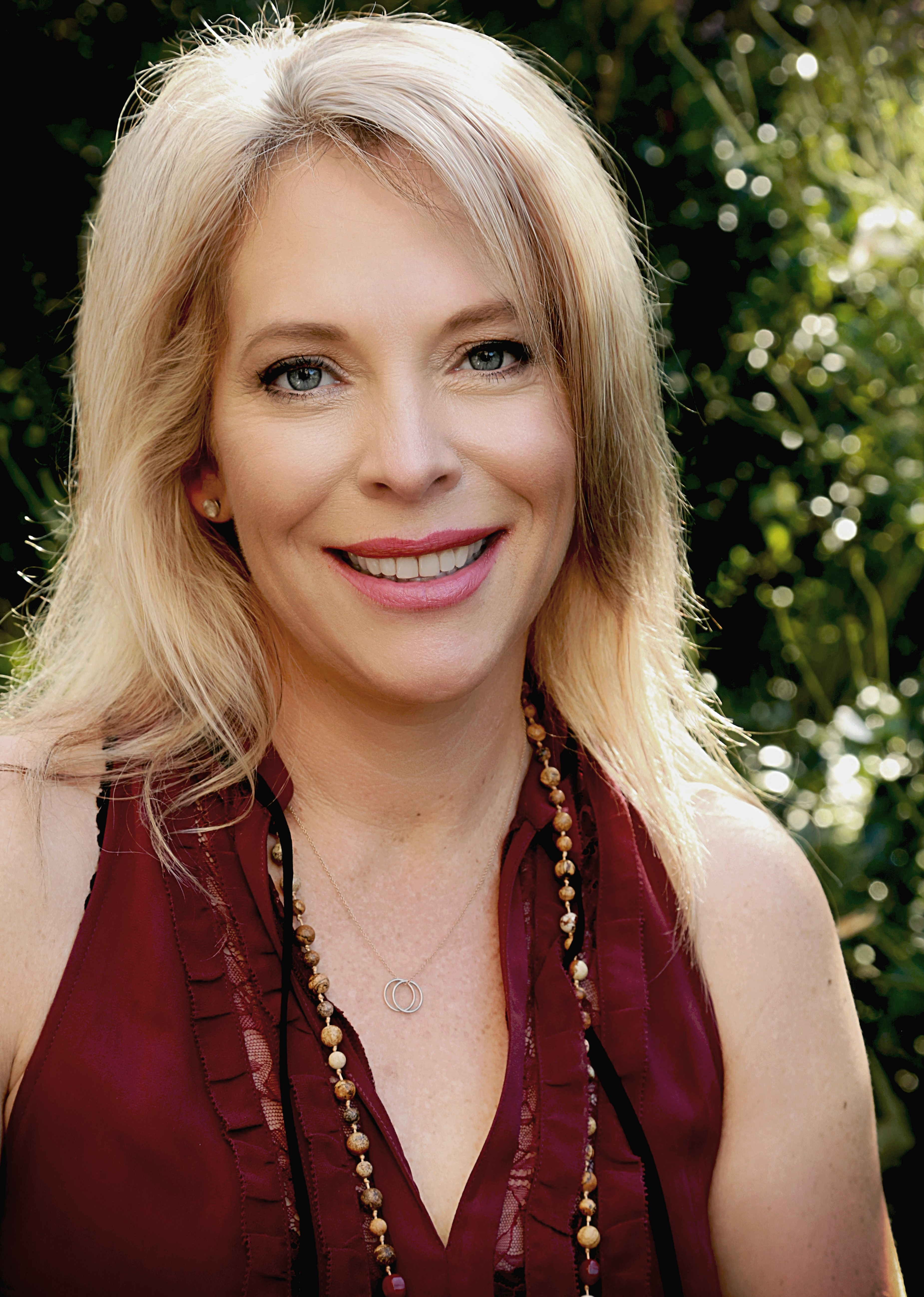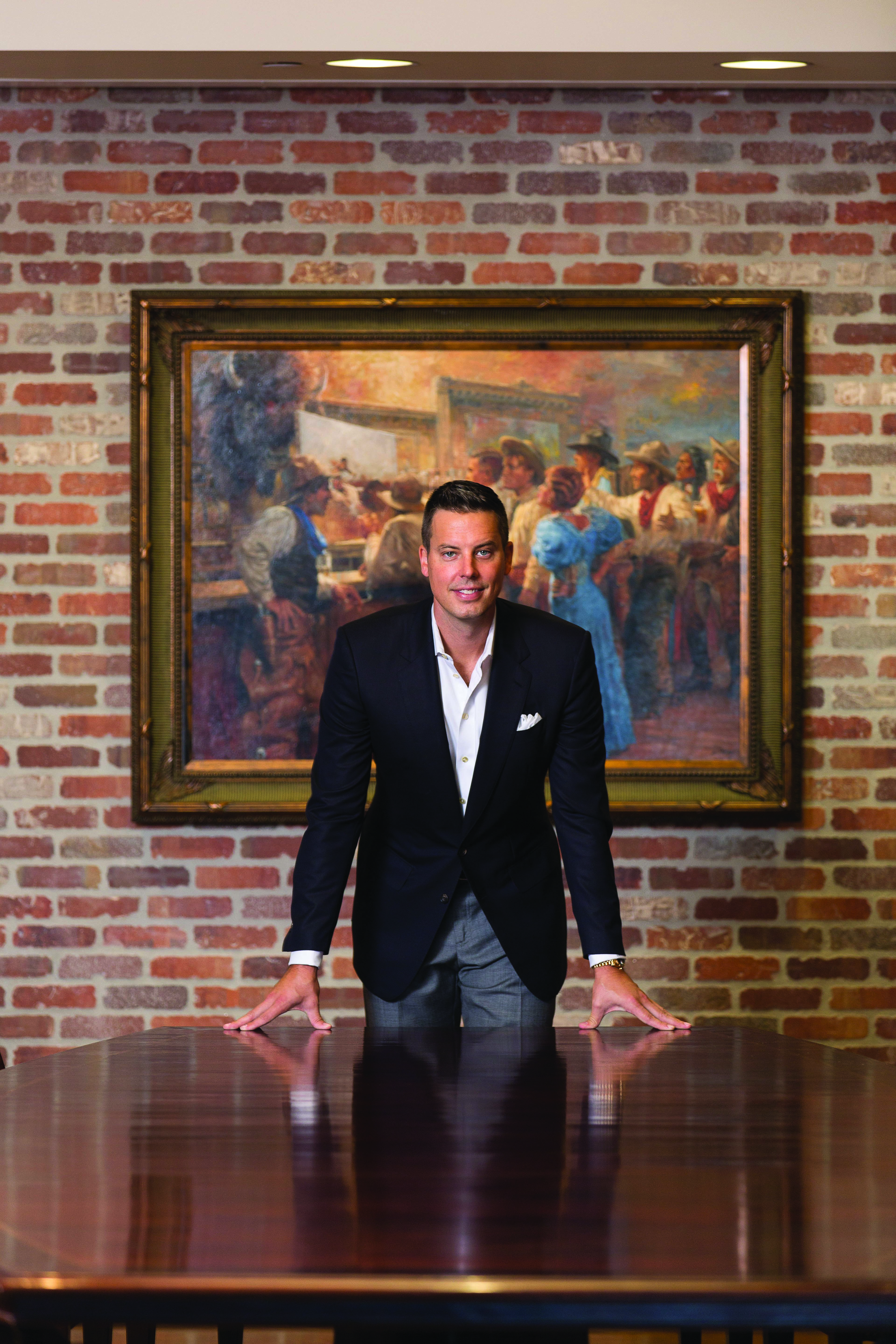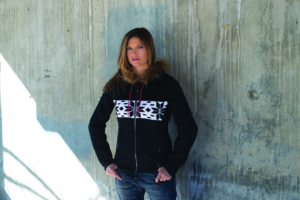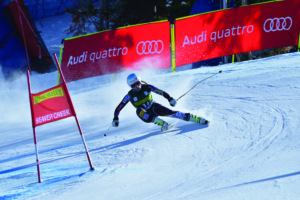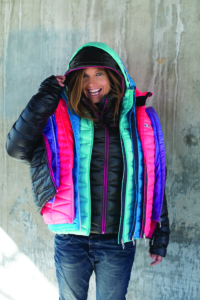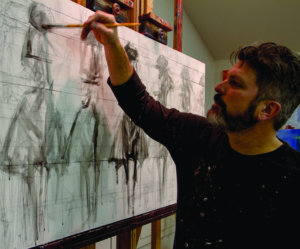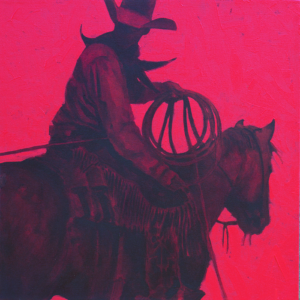Global Hope Network International

Helping the World’s Destitute Help Themselves
By Ellen Gray
Jeff Power is on a mission. Working through his organization, the former pastor from Broomfield, Colorado is passionate about carrying out the work of Global Hope Network International (GHNI): to bring help and hope to the hidden and hurting .
For the last seven years, Power has traveled to the world’s most downtrodden areas of Africa, the Middle East and Asia, to lift up communities that have scant food sources, no running water, access to healthcare, schools or money. But unlike many other aid organizations, GHNI is dedicated to teaching the villagers to help themselves, rather than merely providing funding or services.
The norm for humanitarian aid shows that for the past 70 years, the solution was to throw large sums of money at a problem, which just does not work. “It creates a dependency upon the aid organization and sets nations and villages back,” Power explain

s. “Instead, we teach the people in the poorest villages to be self-sustaining. It’s a dance, one that is much like parents who give their kids everything and are later shocked when they end up living in their basement at age 35, because they cannot live on their own.”
In each village where they work, GHNI hires coaches; locals who grew up in the village and somehow found a way to obtain an education and better themselves. Coaches are provided with a motorcycle which permits them to move easily about, and the village must agree to participate in the program, meeting with the coach once a week for five years.
With the coach’s help, the village forms five committees: food, education, water, health and income generation, addressing the fundamental needs of any community. “If we can help a destitute village work in all these areas, they will turn that community around in five years,” explains Power. “It’s the committees’ job to lift the village, not the donors.” Together, the coach and the committees can make sure the village lifts itself out of poverty.
“If we can get enough organizations working together, we can improve one million villages.”
Power is proud that GHNI captured the attention … and approval … of the United Nations, which awarded the organization with consultative status. But more than the recognition is the fruit of the labor, in this case evidenced by very real success stories in villages that literally have risen from the ashes.
“We worked with a village in Kenya that had no money, no school, no clean water, rampant disease, families living on $1 per day, one small meal per day, and one baby dying every month. Today, that same village has access to clean water, grows enough food for three meals per day for every person, incomes of $10 per day, every child in school, and one infant death per year – all accomplished in five years. The total cost of the project to turn around an entire village was less than $90,000,” Power says.
Power first learned about GHNI from friends who put him in touch with the founder. His interest in the organization resulted in a trip to Kenya to see first-hand what could be done to lift up the poorest communities. Today, Power works to secure donors who can work with specific villages (hopefully th

rough a five-year commitment) to lift a village out of poverty. Half the donor money goes to the coach, the rest to the village to carry out the work.
The premise of GHNI is fairly straightforward, Power says. “If we can get enough organizations working together, we can improve one million villages. The bottom billion people (living in utmost poverty) are located in less than one million villages. And one million villages is a finite number.”
Aside from the obvious benefit of vastly improving villagers’ quality of life, there are less tangible events that will occur. “When people are less desperate, there will be less extremism, because much of terrorism stems from poverty and lack of hope. If people have hope and resources, when they are working together instead of fighting one another, there will be no place for extremism,” Power explains.
In a growing movement, Power is successfully spreading the word about GHNI to corporations, capturing their interest in a unique way. In a nutshell, for $15,000 a year, a company can adopt a village and watch as it progresses along the path from poverty to productivity. Some companies today are so vested in the program that they are adopting clusters of villages, which makes sense both from an economic perspective as well as a functional and operational one. When several villages in a cluster all work to better themselves, an entire region becomes stronger and more vested in sustaining a strong future.
This type of partnership is about so much more than giving money to kickstart a village’s road to recovery. Some organizations are sending their employees to the village to see the work being done firsthand. Technology now allows villagers to Skype or facetime with the organizations providing the helping hand, so employees and employers can follow the progress being made. They can watch in real time when running water is first brought to the village, they can see the children attending their new school, they can relish the looks on the faces of the destitute when they understand what it is to have hope and a vision for a better life.
“There is nothing better than watching as a village is being lifted out of poverty. And even though it’s far away, when we can connect someone living in a remote part of Kenya with the people here who are helping them help themselves, and they can laugh together and cry together, it truly is changing the world,” Power says with a smile.
For more information on how you can get involved with Global Hope Network International, contact Jeff Power at jeff.power@ghni.org




